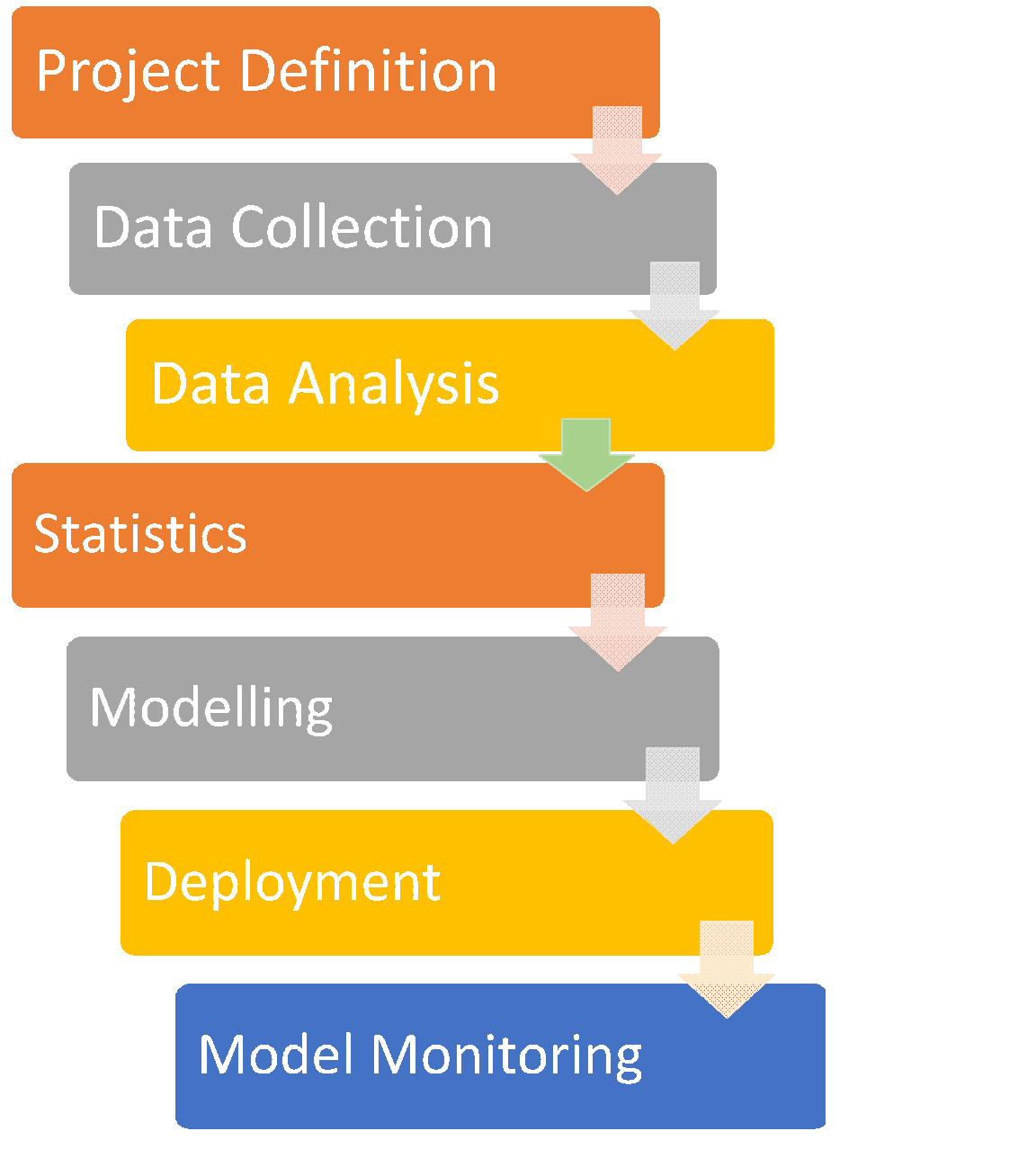Success Stories
SSAIHQ CMS Display Portlet
Success Stories
Breadcrumb
SSAI Scientist Simulates Arctic Clouds Using a Multi-scale Modeling Framework

Arctic clouds are a pivotal part of global climate; yet, due to a series of challenges associated with obtaining accurate Arctic cloud data, they are often poorly simulated in most global climate models. SSAI scientist Dr, Zhujun Li took a new approach to climate modeling by using a multi-scale modeling framework (MMF). Comparison of her results with those from traditional methods shows that the MMF portrays Arctic clouds more realistically in several aspects and also demonstrates relationships over the annual cycle that are not reproduced by other modeling approaches.
SSAI’s Zhujun Li co-authored an article published in the Journal of Geophysical Research: Atmospheres that examines the annual cycle of cloud covers, vertical structures of cloud fraction, and condensate mixing ratio; as well as the relationships between low cloud cover and atmospheric static stability.
Overview
 Clouds regulate the surface energy budget and are therefore an important component of the Arctic climate system. Nevertheless, Arctic clouds are poorly simulated in global climate models (GCMs). While Arctic cloud observations from ground-based stations, ice drift, and satellites have been continuously improved as newly designed instruments and algorithms become available, their output is somewhat flawed from low illumination in winter and ambiguous classification of Arctic clouds.
Clouds regulate the surface energy budget and are therefore an important component of the Arctic climate system. Nevertheless, Arctic clouds are poorly simulated in global climate models (GCMs). While Arctic cloud observations from ground-based stations, ice drift, and satellites have been continuously improved as newly designed instruments and algorithms become available, their output is somewhat flawed from low illumination in winter and ambiguous classification of Arctic clouds.
To help fill this gap, SSAI’s Zhujun Li co-authored an article published in the Journal of Geophysical Research: Atmospheres that examines the annual cycle of cloud covers, vertical structures of cloud fraction, and condensate mixing ratio; as well as the relationships between low cloud cover and atmospheric static stability. The data was obtained using an advanced multi-scale modeling framework (MMF) climate model, and the results were compared/contrasted with observations, results from conventional climate models, and re-analyzed data from the Global Modeling and Assimilation Office (GMAO).
Results
With a few exceptions, Dr. Li’s MMF represented Arctic boundary layer clouds slightly more realistically than the reanalyzed data and GCMs in both the annual cycle and vertical distribution. Furthermore, the relationship between low-cloud cover and near-surface atmospheric stability produced by the MMF paralleled satellite observation from autumn, winter, and early spring—demonstrating that the model can accurately simulate relationships over the annual cycle that are not reproduced by other modeling approaches. Also, the MMF showed some trends contrary to data produced by satellite observation, suggesting that known factors, like radar surface clutter, and potentially unknown factors are contributing to under- and over- estimated results.
In summary, Dr. Li’s MMF approach is able to represent Arctic clouds more realistically in several aspects and is expected to set an industry trend for simulating clouds in global climate models. This effort is one among many examples of the groundbreaking work being performed by SSAI scientists, and no doubt there is plenty more to come.

